
How To Craft A Cozy Cat Vest From Fabric Strips
Have you ever seen your feline friend lounging around and thought, “What could possibly make this picture more adorable?” The answer is simple: a cat
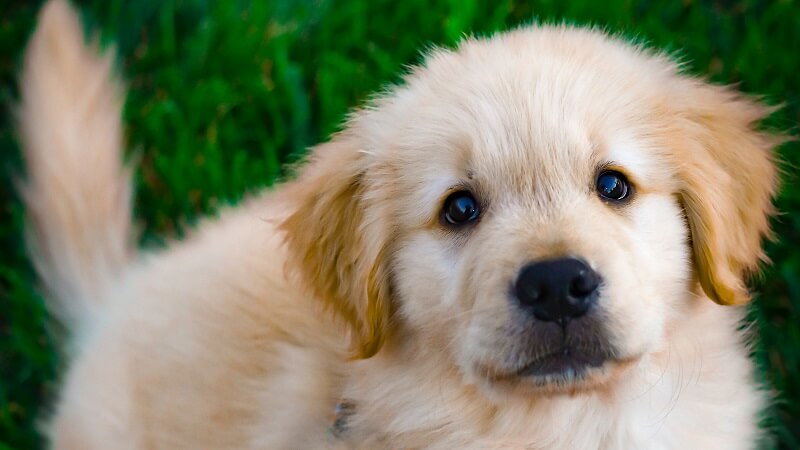
When it comes to 8 week old puppy training, starting off on the right paw is crucial. This early stage in a puppy’s life is pivotal for shaping their future behavior and habits.
In this guide, I’ll share six essential skills that are foundational for any young puppy’s development.
Whether your puppy is exactly eight weeks old or slightly older, these techniques are invaluable for their growth and your peace of mind.
The cornerstone of 8-week-old puppy training is undoubtedly potty training. It’s essential to establish a routine that accommodates your puppy’s small bladder.
This includes creating a consistent schedule and teaching them to recognize and use a designated “potty spot”.
The key is to differentiate their signals for different needs, be it hunger, attention, or the urgent call of nature. Consistency in taking your puppy out at regular intervals and after meals is crucial.
Praise and rewards when they successfully use their potty spot reinforce the desired behavior.
In 8 week old puppy training, establishing that food comes from you is vital. This not only helps in developing a feeding routine but also strengthens the bond between you and your puppy.
Monitoring their food intake is critical for maintaining their health and spotting any dietary issues early on. Regular feeding times also provide opportunities for training and developing positive associations with meal times.
This control over food helps in asserting your role as the pack leader, making other training aspects more manageable.
Getting a puppy comfortable with a collar, leash, and tactical harness is a significant part of 8 week old puppy training.
This process, known as desensitization, involves gradually introducing these items to your puppy and associating them with positive experiences.
The “Bump It” game is a great way to start, where you reward your puppy for interacting with these new items.
Begin by letting your puppy explore the collar, leash, and tactical harness, allowing them to sniff and get familiar with them.
As they become more comfortable, you can slowly introduce wearing these items. Start with the collar, then the leash, and finally the tactical harness, ensuring they are comfortable and at ease. Slowly increase the duration your puppy wears these items.
The tactical harness, in particular, can be useful for future training and outings, providing more control and comfort for both the puppy and the handler.
An integral part of 8-week-old puppy training revolves around establishing crate confidence.
The idea is to turn the crate into a sanctuary for your puppy, akin to their own private haven for rest and relaxation.
It’s essential to remember that puppies are naturally accustomed to being part of a litter, so solitary time in a crate is a new concept for them.
To build crate confidence, we focus on ensuring your puppy:
Feels calm and secure inside the crate, without any panic.
Avoids any potty accidents while in the crate.
Willingly enter the crate either on their own accord or upon your cue.
Exits the crate in a calm manner when you give the signal to do so.
In choosing the right crate, you have options between a metal (wire) crate and a plastic crate. Each has its advantages; metal crates provide better visibility and air circulation, making it easier to interact with your puppy while they’re inside.
On the other hand, plastic crates often offer a cozier environment and are preferred for travel, as many are airline-approved.
The journey to create confidence includes familiarizing your puppy with the crate through gradual and positive experiences.
This could involve feeding them inside the crate, placing comfortable bedding for them to lie on, and offering treats as rewards for entering the crate voluntarily.
The goal is to create positive associations with the crate, so your puppy views it as a safe and pleasant space.
Remember, patience and consistency are key in crate training, and it should be a stress-free experience for your puppy.
The excellent free resource I mentioned earlier includes detailed guidance on crate training, making it an invaluable tool in this process.
A fun and essential part of 8 week old puppy training is the Name Game. This involves teaching your puppy to recognize and respond to their name.
A simple call of their name followed by a reward when they look at you can reinforce this behavior effectively. This not only aids in gaining their attention but also lays the foundation for more advanced commands.
As your puppy begins to associate their name with positive outcomes, they become more responsive and eager to learn.
The final, but equally crucial skill in your 8-week-old puppy’s training regimen should be learning to play with an enrichment toy, such as a Bob-a-Lot or a similar interactive toy. The reason behind this is simple yet profound.
Enrichment toys differ from standard toys like rope toys or balls in that they require a bit more cognitive effort from your puppy.
These toys encourage your puppy to engage in problem-solving and investigative behaviors, which not only keeps them mentally stimulated but also gives them a sense of control over their environment.
This can be incredibly effective in reducing stress and anxiety in puppies.
Introducing a new enrichment toy to your puppy might require a bit of guidance from you.
Encouragement plays a key role here, especially when they show interest or make progress with the toy.
If they seem to struggle, don’t hesitate to reset the toy and start the process again, breaking down the steps into simpler, more manageable tasks.
For instance, with a toy like the Bob-a-Lot, you could:
Demonstrate how the toy moves and attracts their attention.
Extract a treat from the toy in front of them, showing that it holds hidden rewards.
Guide them on how to maneuver the toy to release a treat.
It’s important to have patience during this learning phase. Your puppy might not grasp the concept immediately, especially with more complex toys.
If they appear disinterested or even fearful of the toy, that’s completely fine. Just set it aside for now and reintroduce it at a later time when they might be more receptive.
For puppies sensitive to noise, opt for quieter toys.
If your puppy is an avid chewer, choose a toy that requires more effort to obtain the treat, like a Kong filled with something delicious like frozen applesauce.
With these six essential skills, including enrichment toy play, you’re well on your way to providing a comprehensive training experience for your 8-week-old puppy.
To further support your training efforts, I’ve put together a New Puppy Starter Kit. This kit includes four comprehensive lessons, a downloadable resource packet with printable worksheets, and exclusive access to my private Facebook group—a community designed to support new puppy owners like you.
As a part of your puppy training journey, I encourage you to take a small step: record a short video of you and your puppy practicing any of these skills and share it in my Facebook group.
Tag it with #homework, and I’ll provide personalized feedback on your training session. This interactive approach not only enhances your training skills but also allows you to connect with a community of fellow puppy parents.
In conclusion, these six essential skills are fundamental in 8 week old puppy training.
They lay the groundwork for a well-behaved, happy, and healthy dog. Remember, consistency and patience are key.
By dedicating time to these training elements, you’re setting your puppy up for a lifetime of good habits and a strong bond with you.
As you embark on this journey, always keep in mind the incredible impact these early lessons have on your furry friend’s life.


Have you ever seen your feline friend lounging around and thought, “What could possibly make this picture more adorable?” The answer is simple: a cat

The moment you consider a dog hunting vest for your adventurous companion, you’re stepping into a world where safety meets functionality. This vest is not
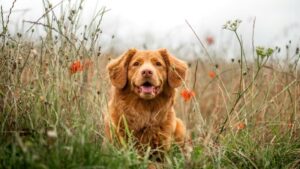
The concept of a dog cooling vest is a game-changer for pet owners looking to enhance their dog’s comfort during those relentless summer days. Imagine

When you first consider crafting a tactical dog vest, it’s not just about embarking on a fun DIY project; it’s about ensuring your furry companion’s
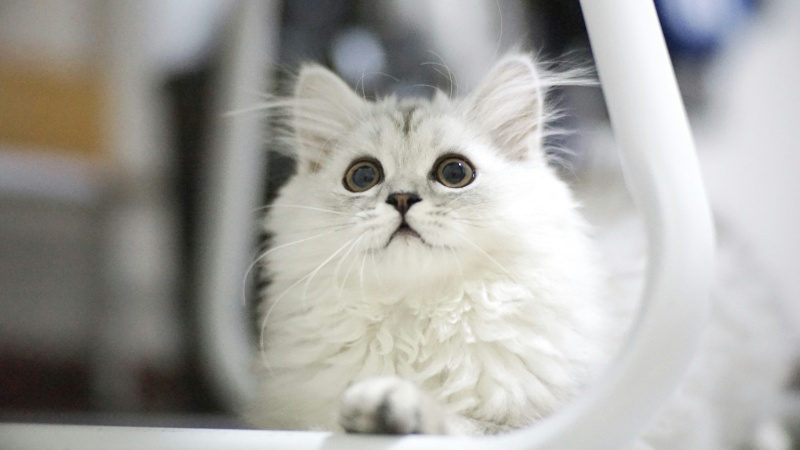
Have you ever seen your feline friend lounging around and thought, “What could possibly make this picture more adorable?” The answer is simple: a cat
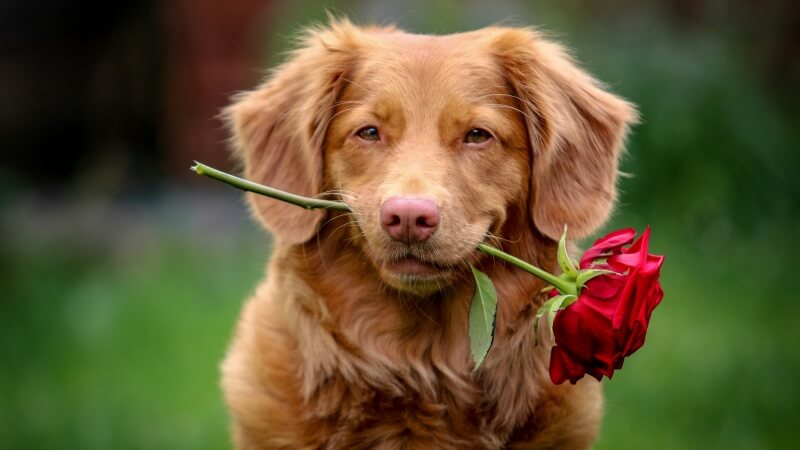
The moment you consider a dog hunting vest for your adventurous companion, you’re stepping into a world where safety meets functionality. This vest is not
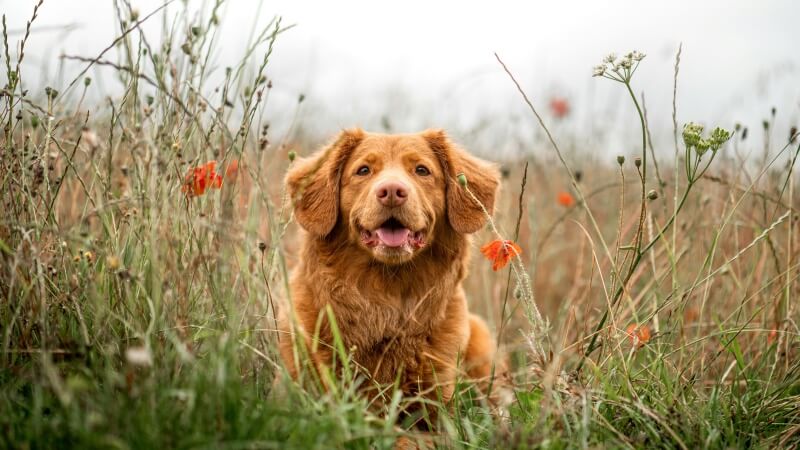
The concept of a dog cooling vest is a game-changer for pet owners looking to enhance their dog’s comfort during those relentless summer days. Imagine
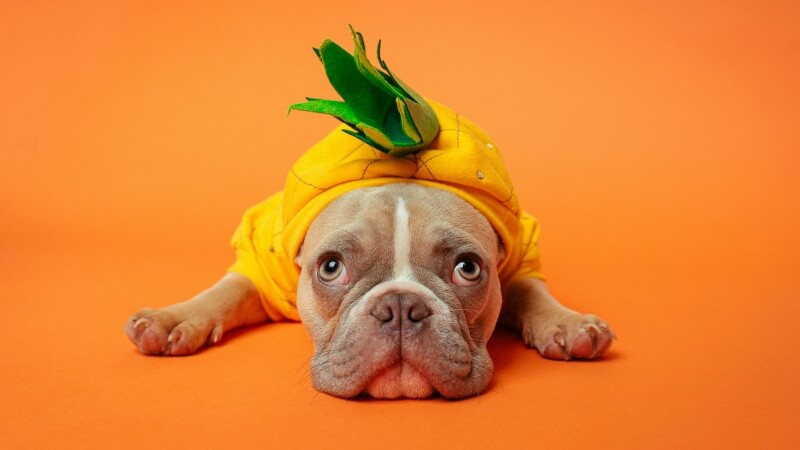
When you first consider crafting a tactical dog vest, it’s not just about embarking on a fun DIY project; it’s about ensuring your furry companion’s
Secure and Empower, Walk Responsibly
Copyright © 2025pettacticalharness. All Rights Reserved.